Adulting: Food for Thought
When it comes to food, it’s good to look to friends and community, says EvCC nutrition instructor Nancy Vandenberg. “It doesn’t have to be fancy. Just come up with a few reliable recipes that you would be comfortable serving to others. Buy some nice placemats or a tablecloth. Don’t stress and have fun,” Vandenberg says.
Defining healthy eating comes easily to many students. “Portion your foods. Don’t eat too much sugar, especially without regular exercise,” 18-year-old Elvis Mariscal advises. It sounds simple enough. However, finding a healthy, easy and affordable meal comes with some challenges. It’s all part of adulting.
Researchers surveyed 488 students from Oregon State University in 2011 and discovered that the students were not eating nearly the servings of fruits and vegetables they should be. The study also revealed they were consuming a little over the American Dietetic Association’s recommendations of 30% of calories a week from fat.
According to a press release, a 2017 study published by the CDC found only one out of every ten adults over the age of 18 consumes the recommended amount of fruits and vegetables.
EvCC nutrition instructor and registered dietitian, Laura Wild says, “Students are very interested in nutrition, but may lack the knowledge to make decisions.”
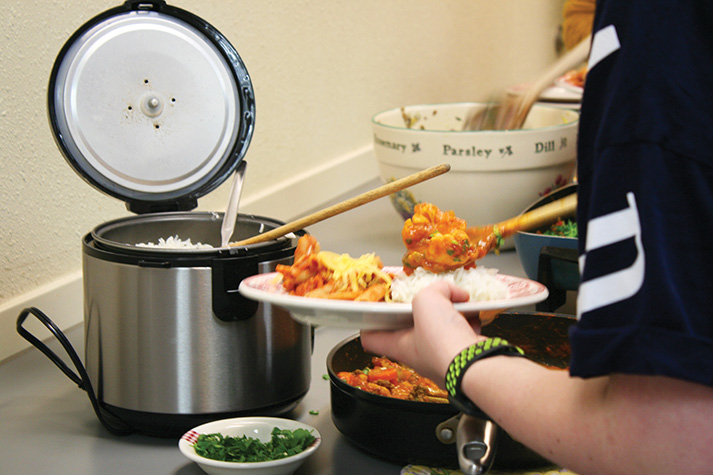
Coconut Vegetable Curry is plated by student Cosette Bilski. The dish is one of six prepared by students in Nutrition 180: Sustainable Food Systems lab. The class hosts weekly cooking labs that focus on healthy and sustainable nutrition.
So, what are good, healthy eats? Wild defines healthy eating as “More whole food, less processed food.”
She offers some examples of produce, or rice you cook yourself. “I’m a big fan of eggs. Eggs are super-sustainable, you can do a million things with them and they’re cheap,” says Wild.
EvCC student Lyss Gorell brings her own lunch with her every day. One of her main reasons is cost.
“You buy here and it could cost $10. With grocery shopping, your money goes farther,” said Gorell. She continued, adding, “It may not be as easy.” Healthy eating is more do-it-yourself. It means going to the grocery store and buying food that you can prepare so you know what’s in it.
Chris Alexander, a student in Wild’s sustainable foods nutrition class, talks of growing up in a family who cooks. To him, healthy food used to mean simply, “organic.” Now, he says, he looks for local or even homegrown food sources. “It’s so easy to say something is [of a certain standard]; it’s better to have proof,” said Alexander.
Convenient foods are often much easier and more affordable for students. Mariscal wondered, “Why is junk food so commercialized? Why don’t we see healthy foods that are good for us?”
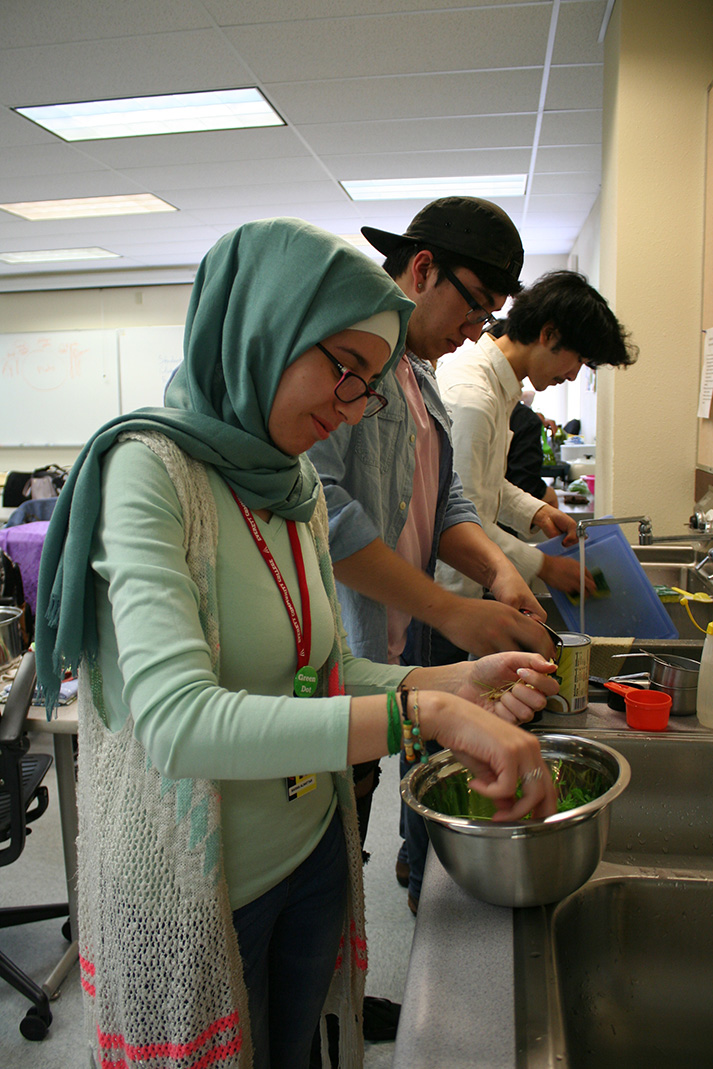
Marwa Alwattar is enjoying her sustainable foods nutrition class “so much.” She was pleasantly surprised when she tried tofu for the first time in class. “It made me want to try cooking it at home.” She explains tofu wasn’t something stores usually stocked in the Middle East, where she is from.
Wild says manufacturers of junk foods have a large budget for marketing their products, but growers don’t usually have a large profit margin from selling their produce, which doesn’t leave much of a budget for marketing.
Some farmers pool their resources in order to advertise their products. The dairy industry, as well as Washington apple growers, are examples where farmers tax themselves on the products they sell to grocery stores to raise money to market their products. Wild adds, “But it will never be as much as the potato chip companies of the world.”
Buying organic food can be more expensive, but it doesn’t have to be, according to Wild. She recalls when she was at Fred Meyer recently and bought organic broccoli for $1.34/lb. The conventional broccoli was $1.99/lb. Wild says it’s important to “know your prices” so you know a good deal when you see one.
If you must choose only some organic foods, the Environmental Working Group puts together two lists every year with the best and worst foods you can choose. “If you have a very limited amount of money for food, just go with the Dirty Dozen list,” says Wild, “Those are the things you should spend your money on.”
It is advised you prioritize buying organic varieties of foods from the Dirty Dozen list because heavy pesticide use in these foods is harmful to both consumers and the farm workers responsible for harvesting the food. Foods on the Clean Fifteen list are generally safer to buy.
Wild adds that with kids, “I would make it a priority to purchase organic milk,” citing the use of artificial growth hormones and antibiotic use in conventional agriculture.
Many students still struggle with basic access to food. There are many services out there to help. Washington state offers student food assistance. There is also a Volunteers of America food bank on the corner of 13th and Broadway, just a few blocks away from campus.
Here at EvCC, we have our own food pantry in Whitehorse Hall that isn’t need-based. It doesn’t require paperwork or income verification. If interested in helping, you can donate non-perishable food. Wild’s suggestions for donations: spices, whole foods like brown rice, organic flour, organic cereal, and organic canned soups. There are little red boxes all around campus for donations.
EvCC nutrition instructor Nancy Vandenberg co-teaches the sustainable foods class with Wild. Every Thursday, students practice cooking healthy dishes that embody the lessons they’ve learned that week in class. They then sit down to eat together.

Students dish up during their lab in Nutrition 180: Sustainable Food Systems.
A new opportunity at EvCC this spring is the “Community Kitchen Club,” spearheaded by student Rebekah West. The club will host regular community dinners where attendees prepare and eat foods together. West says the club’s goal is to be “inclusive, sustainable and nutritious.” She adds that people don’t have to be club members to attend the dinners. The dinners are $5 per person, but all are encouraged to attend, regardless of ability to pay. For more info, contact West at [email protected]
A healthy diet doesn’t have to be complex or challenging. Wild says with a few basic cooking skills, you can put together inexpensive meals, adding, “You can cook whole foods in the microwave. You don’t have to be Martha Stewart.”
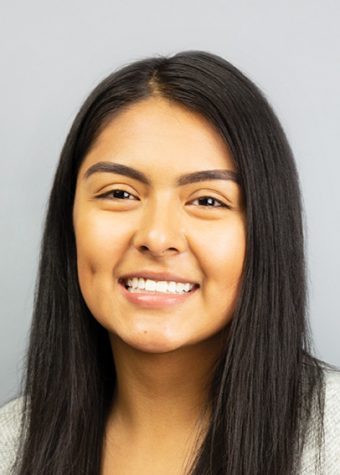
What interests you about journalism?
What interest me about journalism is that there is always something new meaning there is never a boring moment,...
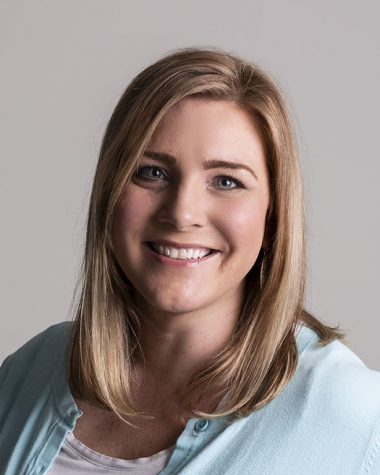
What is an issue or topic you are passionate about?
I passionately believe that every. person. matters.
What’s on your bucket list?
Still...


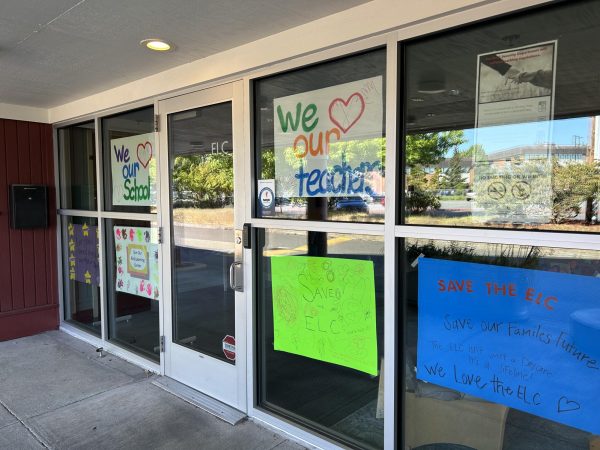


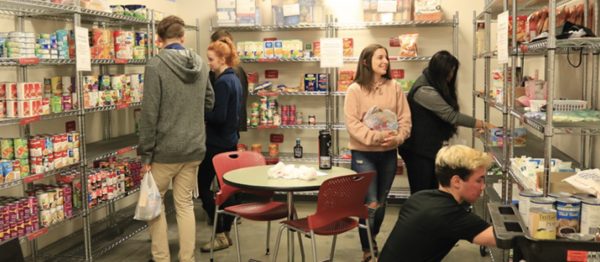





Sally Hoy • May 15, 2018 at 3:50 pm
Great article! Very practical tips on adulting with healthy eating ideas. I especially liked nutrition instructor, Nancy Vandenberg’s quote about enjoying food with friends and community – it doesn’t have to be fancy…just have fun!